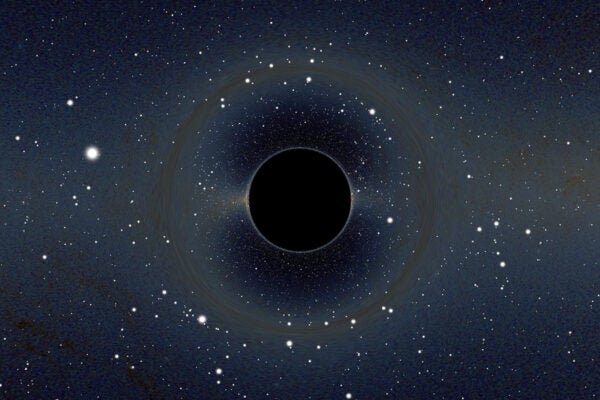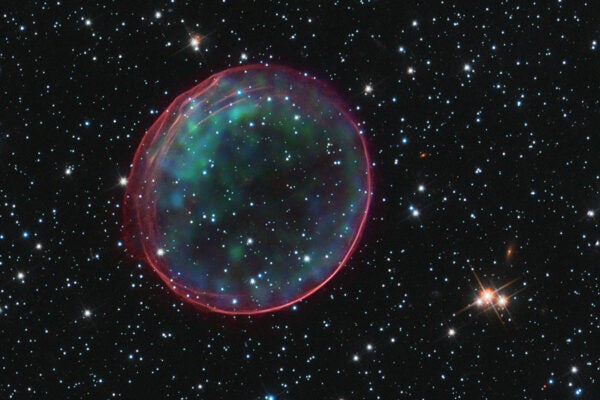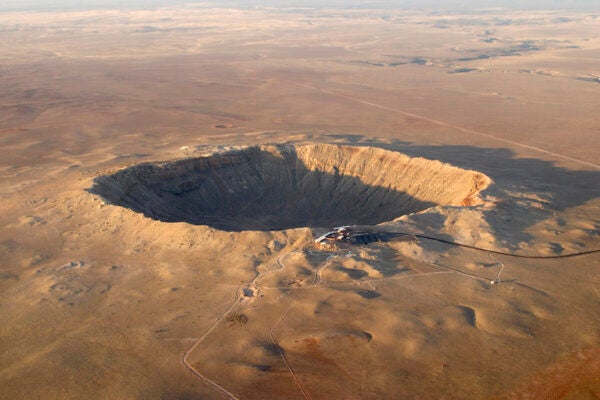Five Things You Probably Have Wrong about the T. rex
How well do you really know Tyrannosaurus rex, the so-called Tyrant Lizard King?
Why TRAPPIST-1 Is Our Favorite Alien Planetary System
The TRAPPIST-1 system is a treasure trove of possibilities and questions. Observations by JWST have just begun.
Ancient Black Hole Challenges Our Understanding of the Early Universe
The Big Bang theory is not threatened, but astrophysicists have some explaining to do.
New Paper Argues That the Universe Began with Two Big Bangs
Bang bang all over the Universe.
How Earthquakes Helped Us Map the Interior of the Sun
Temperatures in the Sun’s core exceed 10 million degrees Celsius. But how on Earth did we actually come to know that?
The Hunt for Life in Alpha Centauri
This oddball system of three stars might be our best chance at finding nearby life in the Universe.
How Asteroids Bombarded Earth and Built the Continents
Asteroid collisions aren't always bad.
Explaining GRB 221009A, the Greatest Cosmic Explosion Humanity Has Ever Seen
The brightest gamma-ray burst ever observed, GRB 221009A behaved in unexpected ways that might help us understand how they occur.
The Eight Best Hidden Impact Craters on Earth
Many impact craters on Earth have been erased thanks to wind, water, and plate tectonics. But scientists have clever ways to find them.









